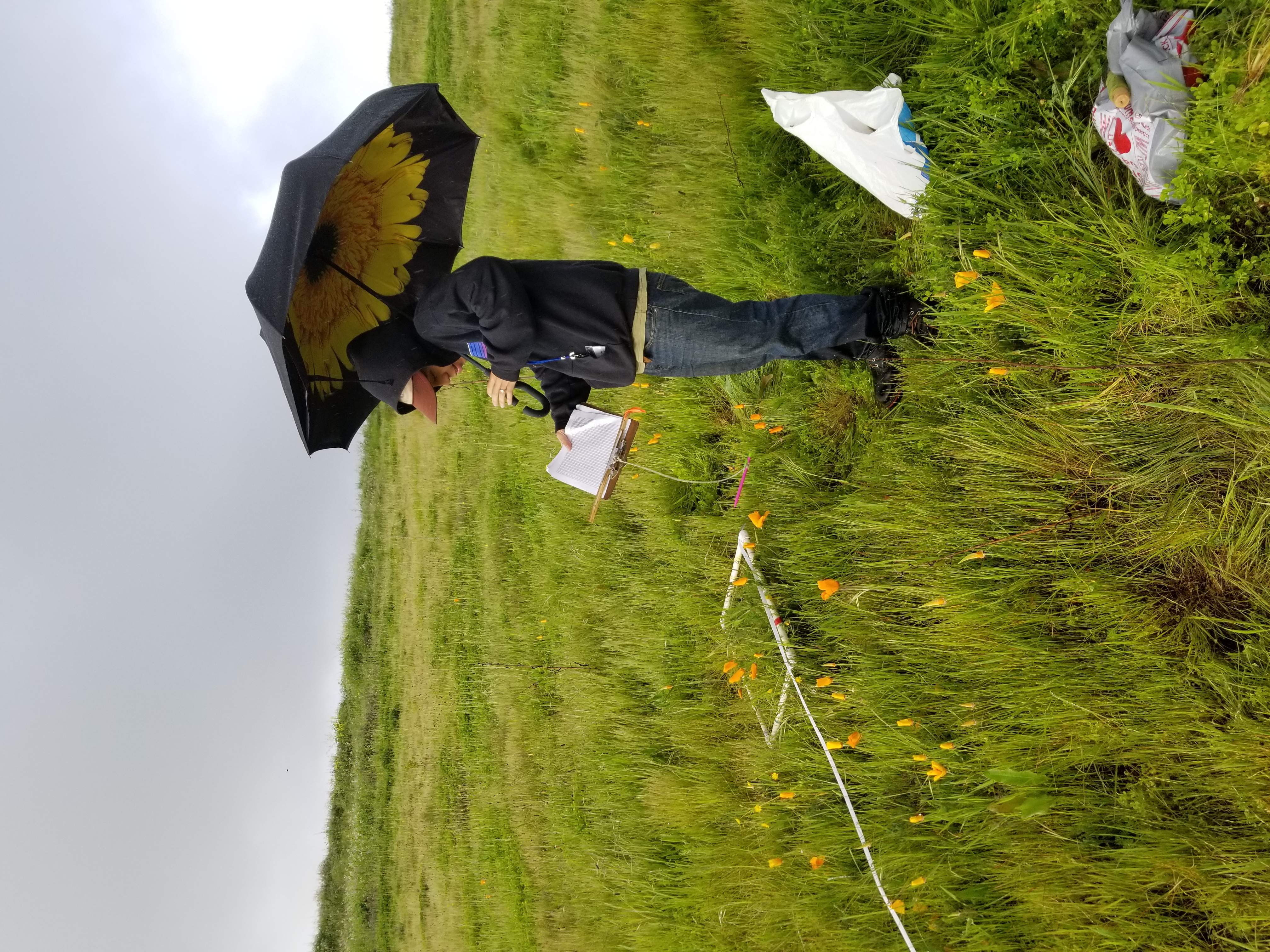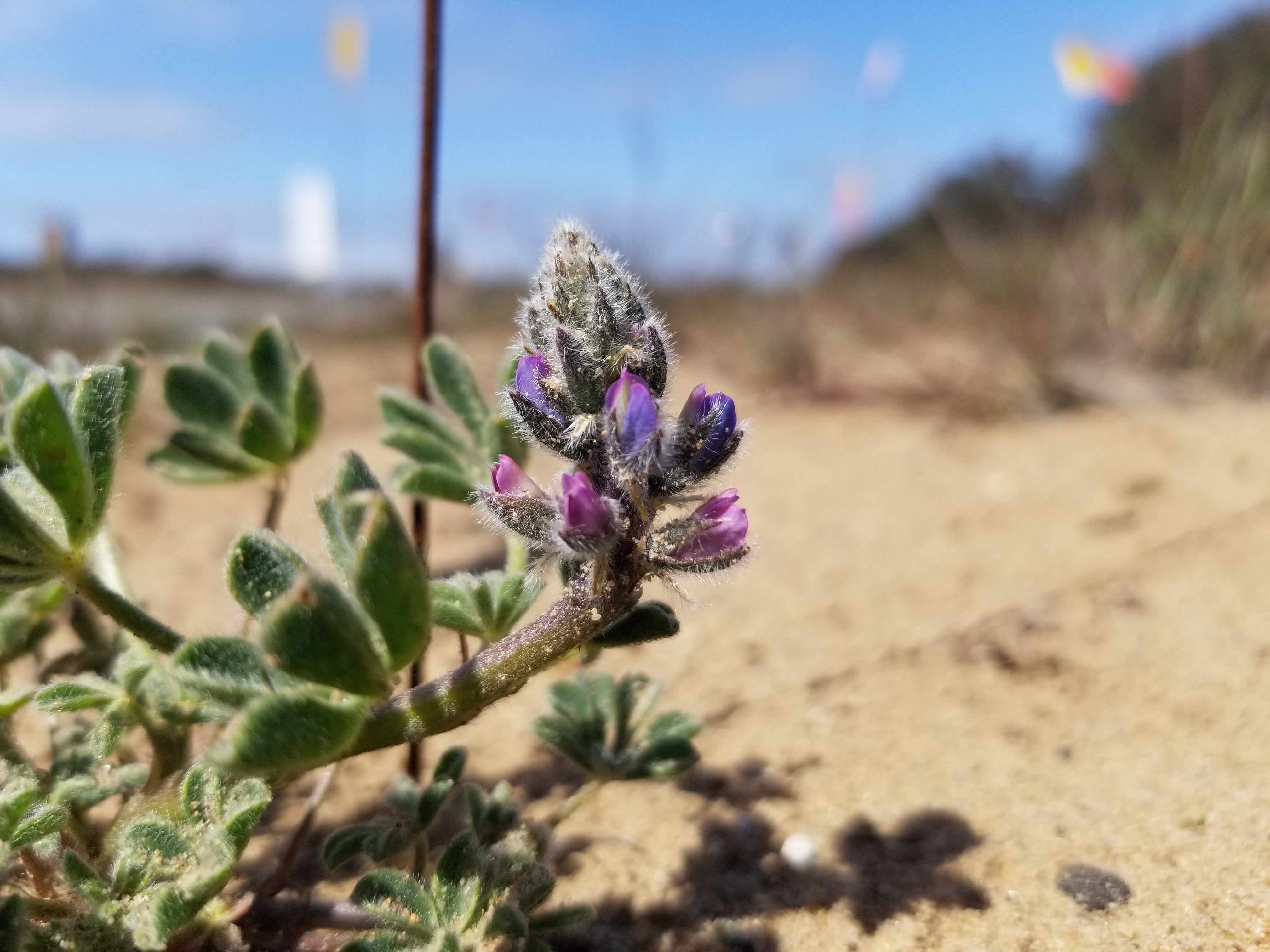Luong Restoration & Rangeland Ecology Lab Department of Forestry, Fire & Rangeland Management - Cal Poly Humboldt
Current Research
Assessing Restoration Outcomes to Inform Climate-Readiness and Invasion Resistance for Ecological Restoration

We use an interdisciplinary approach, integrating restoration ecology, ecophysiology, greenhouse, fieldwork, and social science methodologies to engage local ecological knowledge and generated applied ecological knowledge. Dr. Luong’s work focuses on assessment of restoration projects while integrating management perspectives to ensure engagement of end-use partners. Our work focuses on diverse flora and ecosystems of California as case studies that can be more broadly applicable elsewhere. Current work evaluates the resilience and resistance of native California flora to climate stressors such as plant invasions, drought, fire, and warming to help inform plant selection and context-specific management strategies by assessing functional trait and plant community responses. Current projects work to understand the drivers of reinvasion after targeted weed management (secondary invasion) across California rangelands using field and greenhouse approaches and common garden studies related to plant local adaptation.
Rangeland multiuse and grazing management

We assess practices for optimizing rangeland multiuse to support grazing and various ecosystem services. We currently work with the Mendocinco Resource Conservation District to understand the role of grazing in the Willits Wet Meadows on soil properties, fire risk and vegetation communities including Baker’s Meadowfoam (Limnanthes bakeri) and North Coast Semaphore Grass (Pleuropogon hooverianus). Other current projects focus on investigating soil and vegetation recovery on working lands following fire staging in the central CA coast areas. Additionally, we work to understand disturbances such as grazing and trampling on rangeland plant species and communities to provide guidance for land management, restoration plant selection and rare species conservation.
Rare plant conservation

Ecological restoration projects often use the same species across large spatial scales because those species are known to work well and are easy to access and no one wants to fail at achieving their (project) goals. For example in coastal California, grassland restoration practitioners commonly use 7 (or less) of the same species out of 6500 existing native CA species. Our lab takes an integrative approach to study a diverse array of California species, threathened, endangered, culturally important, but also common species that are not-special status but are not studied. We also work to address this issue across multi-institutional collaborations through a program called GRASS-NET (Grasslation Restoration Action Science and Stewardship Network), which is a community-based approach working to establish a statewide network aimed at sharing risks in using new restoration species, information on restoration practices, and seed knowledge. We use ecophysiological approaches to further examine drought responses to characterize less commonly used biodiversity, often annual species. Dr. Luong has worked for over a decade on the conservation of the endangered Lupinus nipomensis and continues to lead research to understand best practices for reintroduction. More currently the lab has also begun work on the threathened Pleuropogon hooverianus.
Regenerative Agrivoltaics

Clean energy is a growing demand that intersects with mandates and outcries for biodiversity conservation. Our lab is working to understand the role of low-impact photovoltaic grid development in natural rangelands and how these impacts can be used to inform regenerative agrivoltaic projects. Agrivoltaics is a multi-use land practice that utilizes the area under photocells for cultivated work; for example, conducting ecological restoration with native plant species to promote wildlife and insect diversity, use and soil carbon storage, or selecting native species with high forage quality to support mixed-use grazing plans. Regenerative indicates that the practice adds back to the environment (i.e. ecological restoration) by enhancing native plant cover, species richness, wildlife/insect habitat, soil carbon or other ecosystem functions.